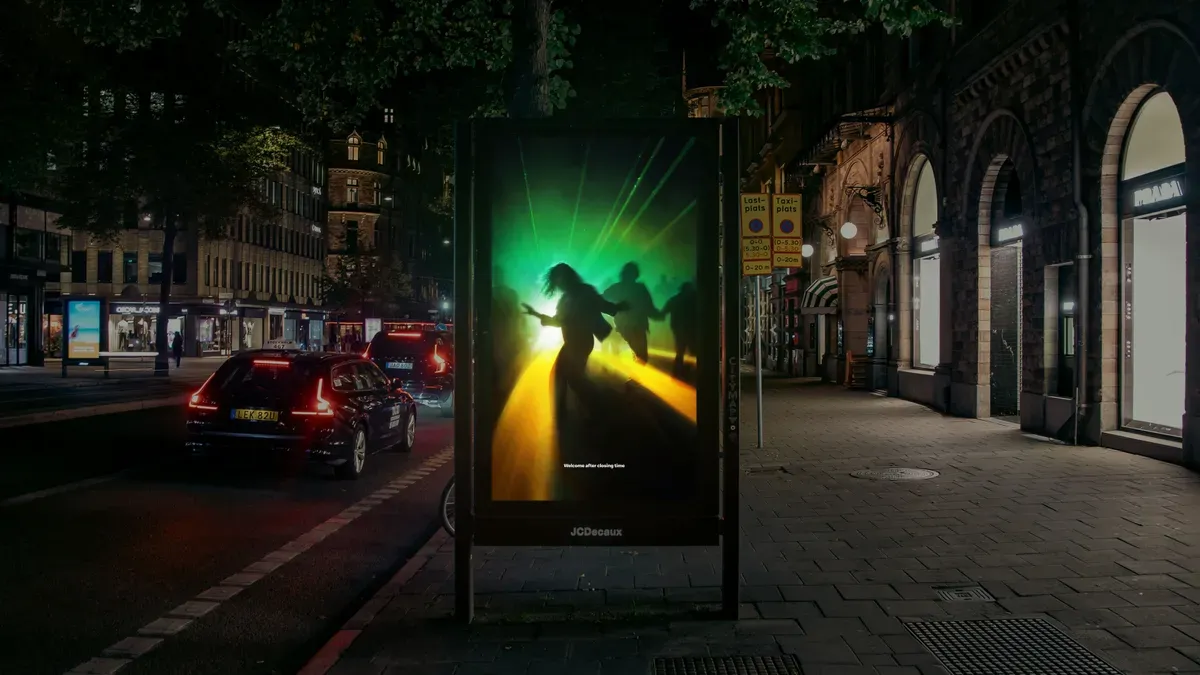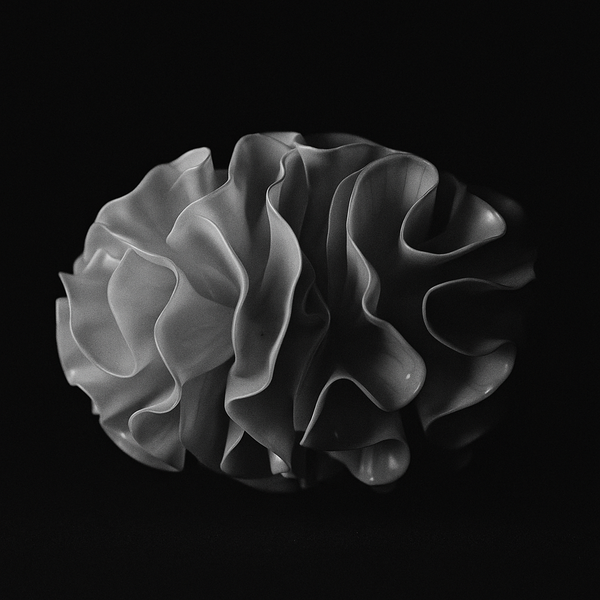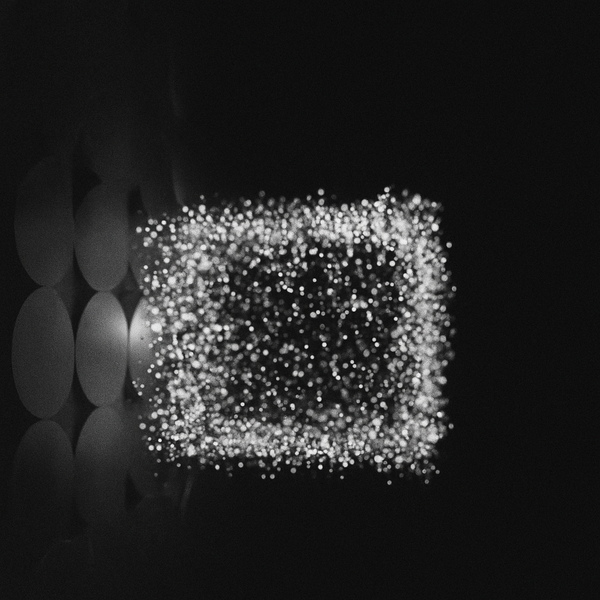The Dancefloor Is the New Billboard: When Ads Meet Ambiance

You're stumbling out of a club at 2 AM, your ears ringing, your feet aching, and suddenly the floor beneath you whispers "McDonald's." Not literally—that would be concerning—but through optical illusion ads placed strategically near bars and clubs. The golden arches have found their way into nightlife districts, reminding partygoers that late-night nuggets are just around the corner. It's genius. It's unsettling. It's exactly where advertising was always headed.
McDonald's recent campaign places posters with optical illusions near bars and clubs, creating visual patterns that subtly reveal messages—the kind of thing that makes you stop, squint, and wonder if you've had one too many. They're positioned near nightlife hotspots, catching people in that particular state of mind where a Big Mac sounds like salvation.
This isn't just clever marketing; it's the logical conclusion of a decades-long evolution in how brands insert themselves into our lives. We've gone from billboards you drive past to ads that literally follow you home through your phone, and now we've arrived at advertising that exists in the spaces between spaces—the moments when you're not actively consuming media but still very much consuming.

The Long, Strange Trip of Ambient Advertising
Ambient advertising has been around since the mid-1990s, when the term was formally coined by Concord Advertising in 1996. Early examples included creative uses of outdoor furniture and urban spaces, such as Kit-Kat's bench campaigns designed to look like oversized chocolate bars. Early 2000s examples included FedEx Kinko's wrapping park benches in bubble wrap to announce new locations and demonstrate their shipping capabilities. Those were the innocent days, when brands were still asking permission to surprise us.
The evolution reads like a slow-motion invasion. First, they conquered traditional spaces: TV, radio, print. Then they colonized the internet, turning every scroll into a potential transaction. Social media transformed us all into walking billboards for our favorite brands. And now? Now they're in the literal spaces where we go to escape.
What makes McDonald's nightlife campaign particularly brilliant—or insidious, depending on your caffeine levels—is how it exploits a captive audience at their most suggestible. You're tired, you're hungry, you're possibly not making your best decisions, and there's Ronald McDonald, not clowning around but strategically positioning himself between you and your Uber home.
The campaign works because it doesn't feel like advertising in the traditional sense. It feels like discovering something, like you're in on a secret. That moment of recognition—"Oh, it's McDonald's!"—creates a tiny hit of dopamine that your brain files away under "pleasant surprise" rather than "corporate manipulation." It's the difference between someone handing you a flyer and finding a $20 bill on the ground that happens to have the McDonald's logo on it.
The Genius and the Grift
Here's where things get interesting: Is this creative genius or just capitalism doing what capitalism does best—finding new ways to colonize every available surface of our lives? The answer, annoyingly, is both.
From a pure creativity standpoint, these optical illusion ads represent a genuine innovation. They transform dead space into interactive experiences. They make you an active participant in the advertising process—you have to work to see the message, which makes you more likely to remember it. It's advertising as puzzle, consumption as game.
But there's something deeply dystopian about brands infiltrating the moments when we're trying to just exist. The dancefloor used to be sacred space—a place where you could lose yourself in music and movement without worrying about quarterly earnings reports. Now it's just another billboard, another reminder that even your leisure time is someone else's opportunity for profit.
The real trick isn't the optical illusion; it's how these campaigns make us complicit in our own manipulation. We share photos of clever ads on social media, turning ourselves into unpaid brand ambassadors. We admire the creativity while ignoring the creep factor. We've become so accustomed to advertising everywhere that its absence would probably feel weird now.
When Your Grandmother's Attic Tries to Get Hip
Speaking of brands trying new tricks, let's talk about Cracker Barrel's recent identity crisis. The restaurant chain known for its rocking chairs and gift shop full of nostalgic candy recently attempted a rebrand. According to Jenifer Dorman, executive creative director at Critical Mass, speaking to Snopes as an industry expert, the rebrand represented 'a really late wave of the blanding that hit 8-ish years ago.'. The company seemed to be reaching for something more contemporary, more relevant.
The backlash was swift and merciless. Customers didn't want farmhouse chic; they wanted the Cracker Barrel they knew—the one that felt like stepping into a time machine set to "vaguely Southern past." The company quickly backpedaled, learning what McDonald's seems to inherently understand: Don't change what you are, just change where you show up. Editor's note: It was reported that 44.5% of X posts about the logo were made by bots or potential bots.
This contrast illuminates something crucial about modern branding. McDonald's isn't trying to convince anyone they're haute cuisine. They're just making sure they're the first thing you think of when you're hungry at 2 AM. Cracker Barrel, on the other hand, tried to be something it wasn't and nearly lost what made it special in the process.
The difference comes down to authenticity—or at least the performance of authenticity. McDonald's nightlife ads work because they're honest about what they're selling: convenience, familiarity, and grease that tastes good when your judgment is impaired. They're not pretending to be anything other than exactly what they are, just in a new location.
The Future Is Augmented and Exhausting
So what does this mean for the future of branding? If spaces near clubs can be billboards and restaurants can have identity crises, where does it end? The answer is: it doesn't.
We're heading toward a world where every surface is potentially profitable, where augmented reality will let brands layer their messages over literally everything you see. Imagine McDonald's ads that only appear when you're hungry, detected by your smartwatch monitoring your blood sugar. Or Cracker Barrel experiences that transport you to a virtual country store through your AR glasses.
The real question isn't whether this will happen—it will—but how we'll adapt to it. Will we develop better filters, both technological and psychological, to block out the noise? Will we reach peak ad saturation and revolt? Or will we, as we usually do, simply adjust our baseline for normal and keep dancing?
What's certain is that brands will continue finding new ways to insert themselves into our lives, and we'll continue finding ways to both resist and embrace them. The nightlife ads work because they're novel, but novelty wears off. Today's clever innovation becomes tomorrow's annoying background noise.
The real art isn't in creating these campaigns—it's in knowing when to stop. But capitalism doesn't really do "stop," does it? So we dance near floors that sell us burgers, eat at restaurants having existential crises, and pretend this is all perfectly normal. Because in 2025, it is.
References
- https://www.creativebloq.com/creative-inspiration/advertising/mcdonalds-optical-illusion-ads-send-subliminal-messages-on-the-dancefloor
- https://www.snopes.com/news/2025/08/25/cracker-barrels-logo-controversy
- https://apnews.com/article/8b496da282deef3d8d0618c3f9f4db46
- https://www.cbsnews.com/news/cracker-barrel-logo-barrel-stock-cbrl-ceo
- https://www.thebrandingjournal.com/2025/08/cracker-barrel-rebrand
- https://www.lemonde.fr/en/opinion/article/2025/10/01/cracker-barrel-s-downfall-may-seem-like-a-mere-marketing-blunder-but-it-reveals-something-about-the-conservative-wave-sweeping-the-us_6745966_23.html
- https://www.cnbc.com/2025/08/27/cracker-barrel-rebrand-why-companies-retreat-from-consumer-criticism.html
- https://www.fsrmagazine.com/feature/cracker-barrels-branding-misstep-and-why-modern-heritage-matters
- https://www.apnews.com/article/ecc792392c065915315f40c4bd1e336c
- https://www.fractional-cmo.com/the-cracker-barrel-rebrand-a-modern-misfire-rooted-in-nostalgia
- https://www.creativebloq.com/design/branding/cracker-barrels-ceo-just-revealed-the-surprising-reason-for-its-controversial-rebrand
Models used: gpt-4.1, claude-opus-4-1-20250805, claude-sonnet-4-20250514, gpt-image-1




